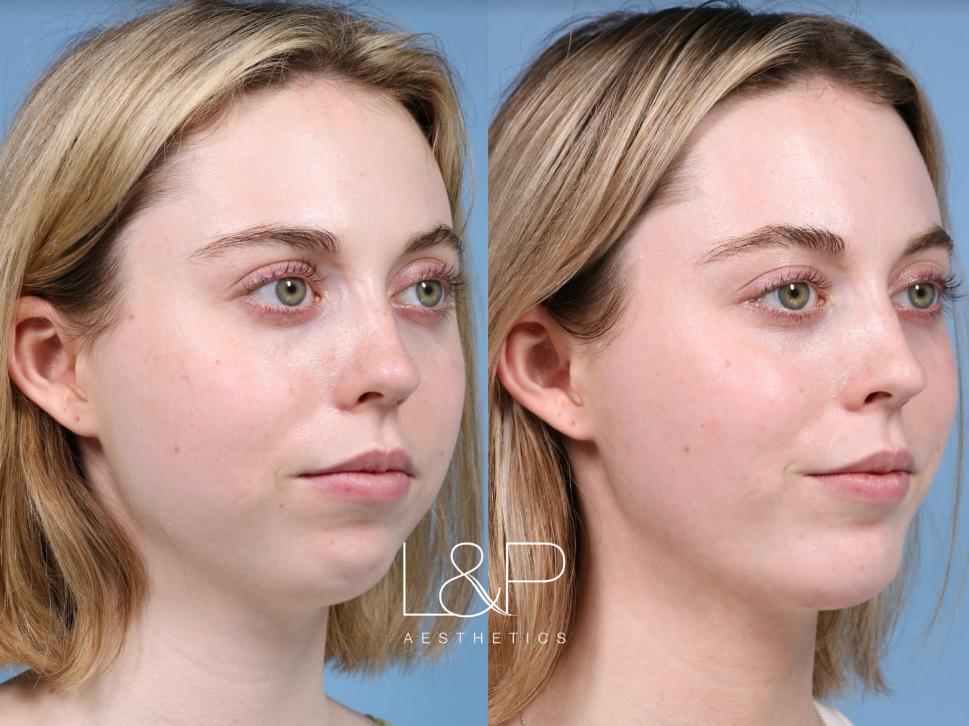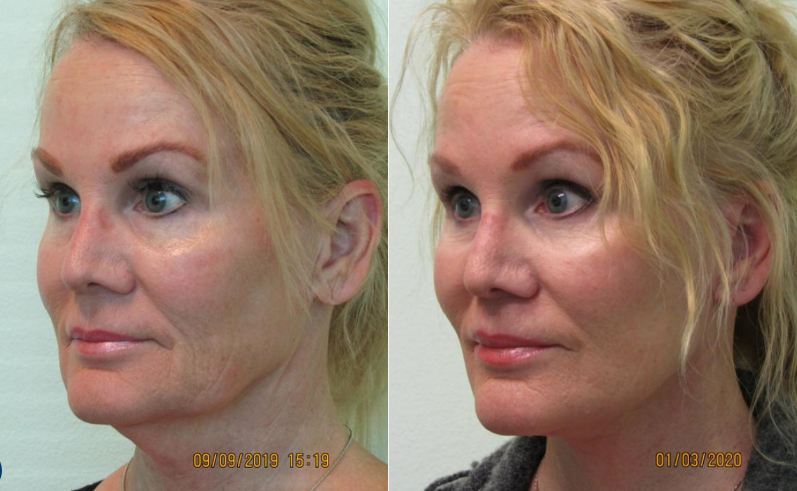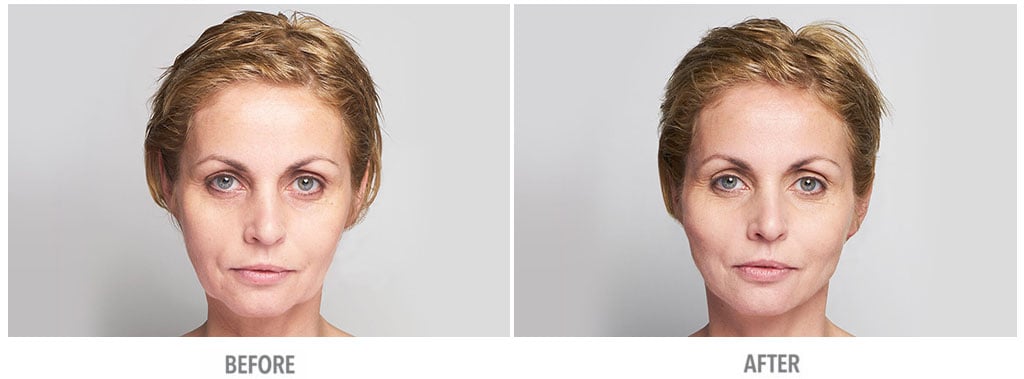
Transgender breast implant surgery is a procedure that creates a feminine upper body. After surgery, patients must adhere to a hormone program for at least 18 month. Patients will experience a loss of body hair and fat tissue in the breasts, which will allow them to have a more feminine shape. Typically, patients will have an A or B-cup breast.
Cost
Transgender implants can cost as little as $1999 for saline breast implants and as much at $25,000 for silicone ones. There are many factors that influence the cost of this procedure, such as the type and price of the implant, the fees of the surgeon, and previous surgeries. BMI (body mass index) also has an impact on the cost.
Transgender implants for breasts are considered cosmetic surgery in Australia. This means that they are not eligible to receive Medicare rebates or early access superannuation. But, it is possible to find a surgeon in Australia who can perform the procedure. The Australian Professional Association for Transgender Health maintains a list of approved clinics and surgeons. Nevertheless, you should be aware of the potential risks.
Anatomy
The anatomy of a transgender woman's breast is different than that of an biological female. Generic males have a larger chest and shoulders than females, and an inframammary fold that is smaller than a woman's. Implants placed below the NAC might not provide the desired shape and fullness. Implants that are slightly larger can give you a more feminine appearance and cleavage. To correct this problem, fat grafting might be an option.

A surgeon can create a more natural-looking breast implant if he can accurately measure the size and shape the patient's breasts. It can be done using silicone or saline breast implant. The most common choice is silicone implants. There are three types to choose from: smooth, texture, or shaped silicone breast implant. An anatomic sizer can be used by doctors to determine which types would best suit transgender patients. The surgeon may also use a computer simulation to get a better idea of the size of the patient's breasts.
Procedures
Transgender breast surgery (male to woman) is simple and can transform you into a woman. Depending on your preferences and needs, this procedure can be done in either one or two steps. The first stage may involve a tissue expander that stretches the lower pole skin to accommodate a larger implant. Implant placement is the second stage.
For the best preparation, you must be in good health. An expert in breast augmentation can provide you with specific instructions. You should have a solid understanding of your body and how it functions.
Complications
Transgender transgender women who want to expand their breasts have a higher risk of developing secondary complications such as implant rupture and asymmetry. These complications may also result in a need for reoperation. As more transgender patients undergo gender affirming surgery, the risks associated with transgender breast augmentation surgery have increased.
The World Professional Association for Transgender Health(WPATH) established standards for patient care for transgender women undergoing breast augmentation. These standards provide guidelines for mandatory and suggested components in a comprehensive preoperative assessment, which will include a review of the patient's medical history and any mental issues.

Long-term success
The long-term effects of transgender women undergoing breast implant surgery may be hard to judge as there are some cases that have serious complications. Many transgender females are satisfied with the results. Some may have regrets. Most women who have the surgery are satisfied with their results and less than 3% regret it. Transgender women can experience discomfort following the surgery, in addition to the potential for complications. There are many procedures that can help transgender women feel more comfortable.
Capsular Contracture in transwomen can occur, although the risk is minimal. This condition is common in transwomen. About 3% have reported it. Only 1% had had implants removed by the time they were undergoing this procedure. While this rate may seem low, it is still high enough to warrant further studies.